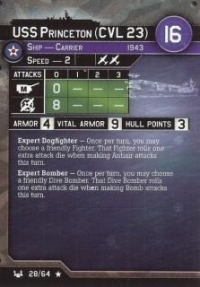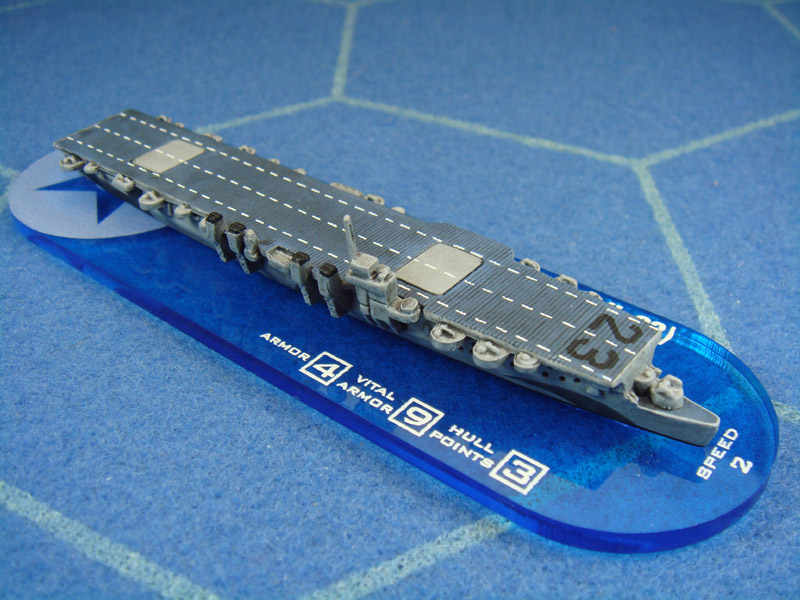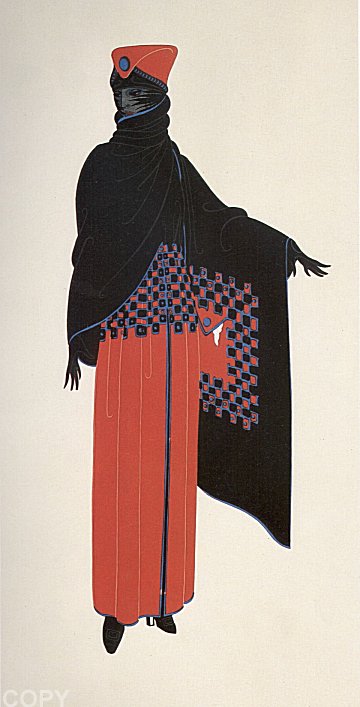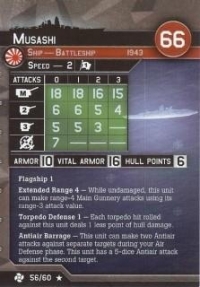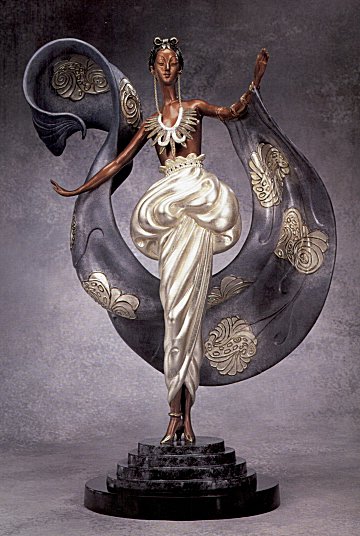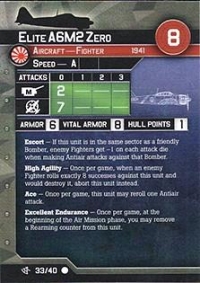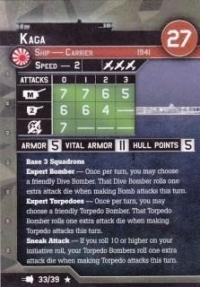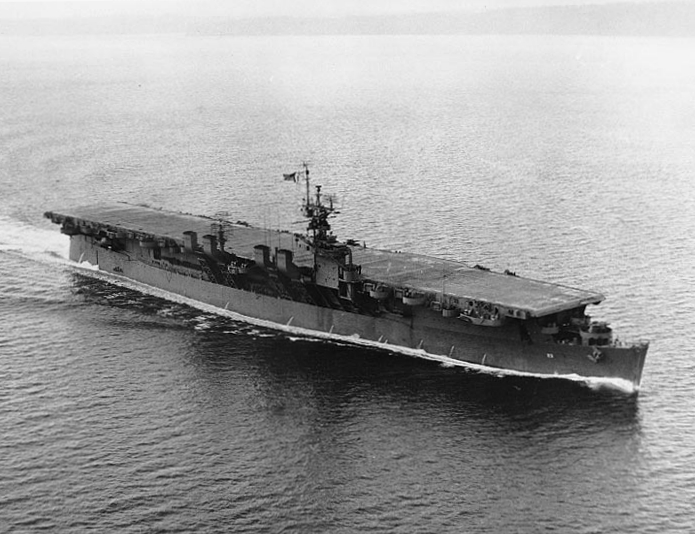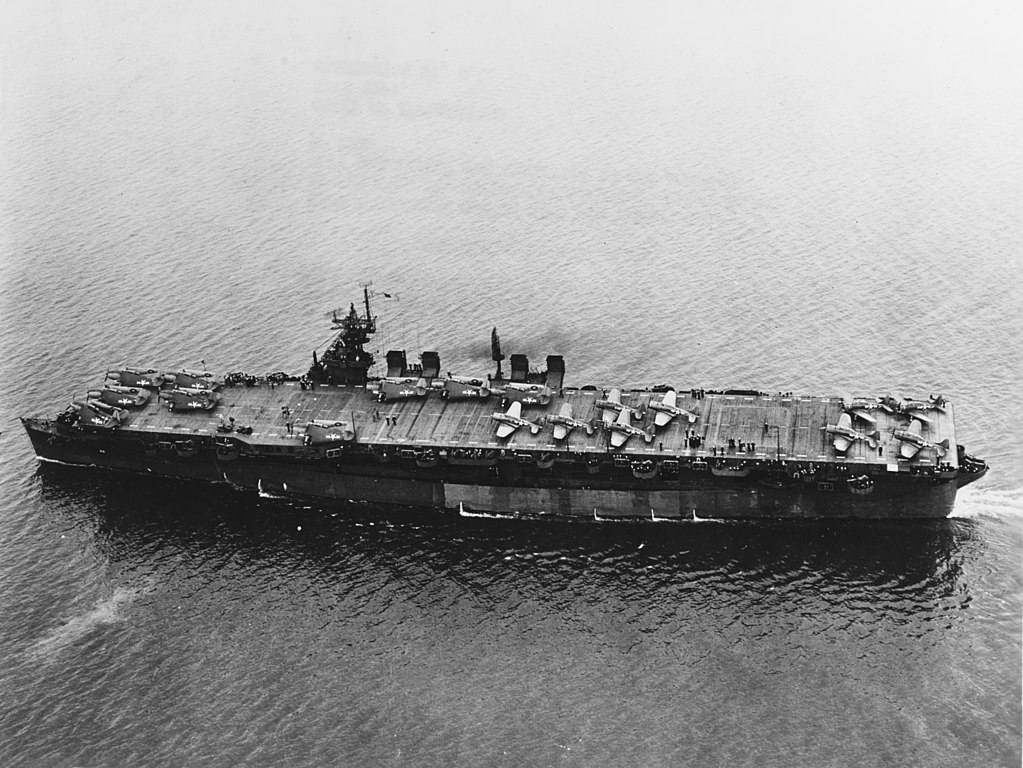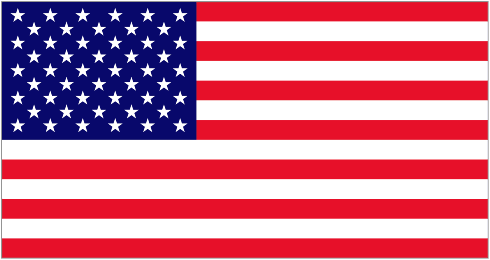USS Princeton (CVL 23)
| General Type | Ship |
| Unit Type | Carrier |
| Cost | 16 |
| Set | Base |
| Manufacturer | Hasbro |
| Available | 1943 |
| Set ID | 28 |
| Game Class Limits | Independence |
| Country | United States (Details) |
| Prototype | USS Princeton (CVL-23) (Details) |
| Class | Independence (Details) |
| Armor | 4 |
| Vital | 9 |
| Hull Points | 3 |
| Speed | 139 |
| Primary | 0/0/0/0 |
| AA | 8/0/-/- |
| Air Capacity | 2 |
| Special Ability | Expert Dogfighter |
| Special Ability | Expert Bomber |
| Game Rarity | R |
Click to see the details
market
Click to see the details
history
Notes:
The ship was laid down as the Cleveland-class light cruiser Tallahassee (CL-61) by the New York Shipbuilding Corporation, Camden, New Jersey, 2 June 1941. She was reclassified as the Independence-class light aircraft carrier CVL-23 on 16 February 1942, renamed Princeton 31 March 1942, launched 18 October 1942, sponsored by Margaret Dodds (wife of Princeton University president Harold Dodds), and commissioned at Philadelphia 25 February 1943, Capt. George R. Henderson in command.
Prototype:
The fourth USS Princeton (CVL-23) was a United States Navy Independence-class light aircraft carrier active in the Pacific Ocean during World War II. She was launched in 1942 and lost at the Battle of Leyte Gulf in 1944.
Class History:
The Independence-class aircraft carriers were a class of light carriers built for the United States Navy that served during World War II.
Adapted from the design for Cleveland-class light cruisers, this class of ship resulted from the interest of President Franklin D. Roosevelt in naval air power. With war looming, the former Assistant Secretary of the Navy noted no new fleet aircraft carriers were expected to be completed before 1944. He proposed to convert some of the many cruisers then under construction to carriers. Studies of cruiser-size aircraft carriers had shown the type had serious limitations, and on 13 October 1941, the General Board of the United States Navy replied that such a conversion showed too many compromises to be effective.
Undeterred, President Roosevelt ordered another study. On 25 October 1941, BuShips reported that aircraft carriers converted from cruiser hulls would be of lesser capability, but available much sooner. After the December 1941 attack on Pearl Harbor, the need for more carriers became urgent. The Navy accelerated construction of the 34,000 ton Essex-class aircraft carriers, but these large ships could not be finished quickly. So in January 1942, the Navy also ordered that a Cleveland-class light cruiser then under construction be completed instead as a light aircraft carrier. It became the USS Belleau Wood (CVL-24),the first ship of the Independence-class.
From Wikipedia
Adapted from the design for Cleveland-class light cruisers, this class of ship resulted from the interest of President Franklin D. Roosevelt in naval air power. With war looming, the former Assistant Secretary of the Navy noted no new fleet aircraft carriers were expected to be completed before 1944. He proposed to convert some of the many cruisers then under construction to carriers. Studies of cruiser-size aircraft carriers had shown the type had serious limitations, and on 13 October 1941, the General Board of the United States Navy replied that such a conversion showed too many compromises to be effective.
Undeterred, President Roosevelt ordered another study. On 25 October 1941, BuShips reported that aircraft carriers converted from cruiser hulls would be of lesser capability, but available much sooner. After the December 1941 attack on Pearl Harbor, the need for more carriers became urgent. The Navy accelerated construction of the 34,000 ton Essex-class aircraft carriers, but these large ships could not be finished quickly. So in January 1942, the Navy also ordered that a Cleveland-class light cruiser then under construction be completed instead as a light aircraft carrier. It became the USS Belleau Wood (CVL-24),the first ship of the Independence-class.
From Wikipedia
Country:
The U.S. is a country of 50 states covering a vast swath of North America, with Alaska in the northwest and Hawaii extending the nation’s presence into the Pacific Ocean. Major Atlantic Coast cities are New York, a global finance and culture center, and capital Washington, DC. Midwestern metropolis Chicago is known for influential architecture and on the west coast, Los Angeles' Hollywood is famed for filmmaking.
Item created by: Lethe
on 2015-05-31 17:46:30
Last edited by: gdm on 2019-12-17 10:56:31
If you see errors or missing data in this entry, please feel free to log in and edit it. Anyone with a Gmail account can log in instantly.
Last edited by: gdm on 2019-12-17 10:56:31
If you see errors or missing data in this entry, please feel free to log in and edit it. Anyone with a Gmail account can log in instantly.


